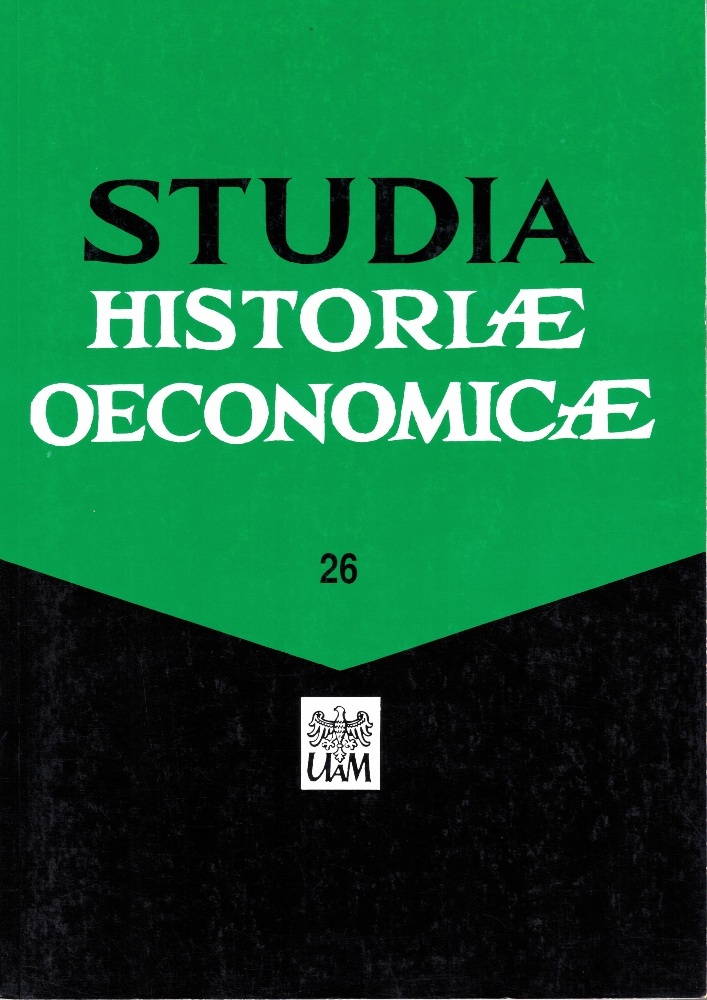Abstract
A characteristic feature of the Polish trade union movement in the period between the two world wars was its organizational fragmentation. At that time, there were 71 trade union centers and 1,944 trade union associations; these figures include all registered organizations, regardless of their membership size and the length of their activity. Many of them were ephemeral and had hardly more than 100 members. They were often the legacy of the time of the partition of Poland. As Stanislaw Rychliński noted in 1929, their existence was the consequence of "the differences in the worldview of the working masses in the individual partitioned regions, caused by the activity in the different political and economic conditions of each part of the region". In the first years after Poland regained its independence, there were 31 workers' centres in the three parts of the country. As late as 1925, statistics from the Ministry of Labour and Social Affairs recorded 60 associations whose sphere of activity covered only the territory of one of the former partitioned regions; in addition, there were 73 regional associations that did not operate beyond the borders of a voivodeship. However, most of them disappeared with the ongoing process of integration of Poland. One factor that influenced the organisational fragmentation was the multinational character of the Second Republic. Thus, associations were formed that represented individual nationalities. united, especially Jewish, German and Ukrainian.
License
© by Institute of History, Adam Mickiewicz University, Poznań, 2006
OPEN ACCESS





